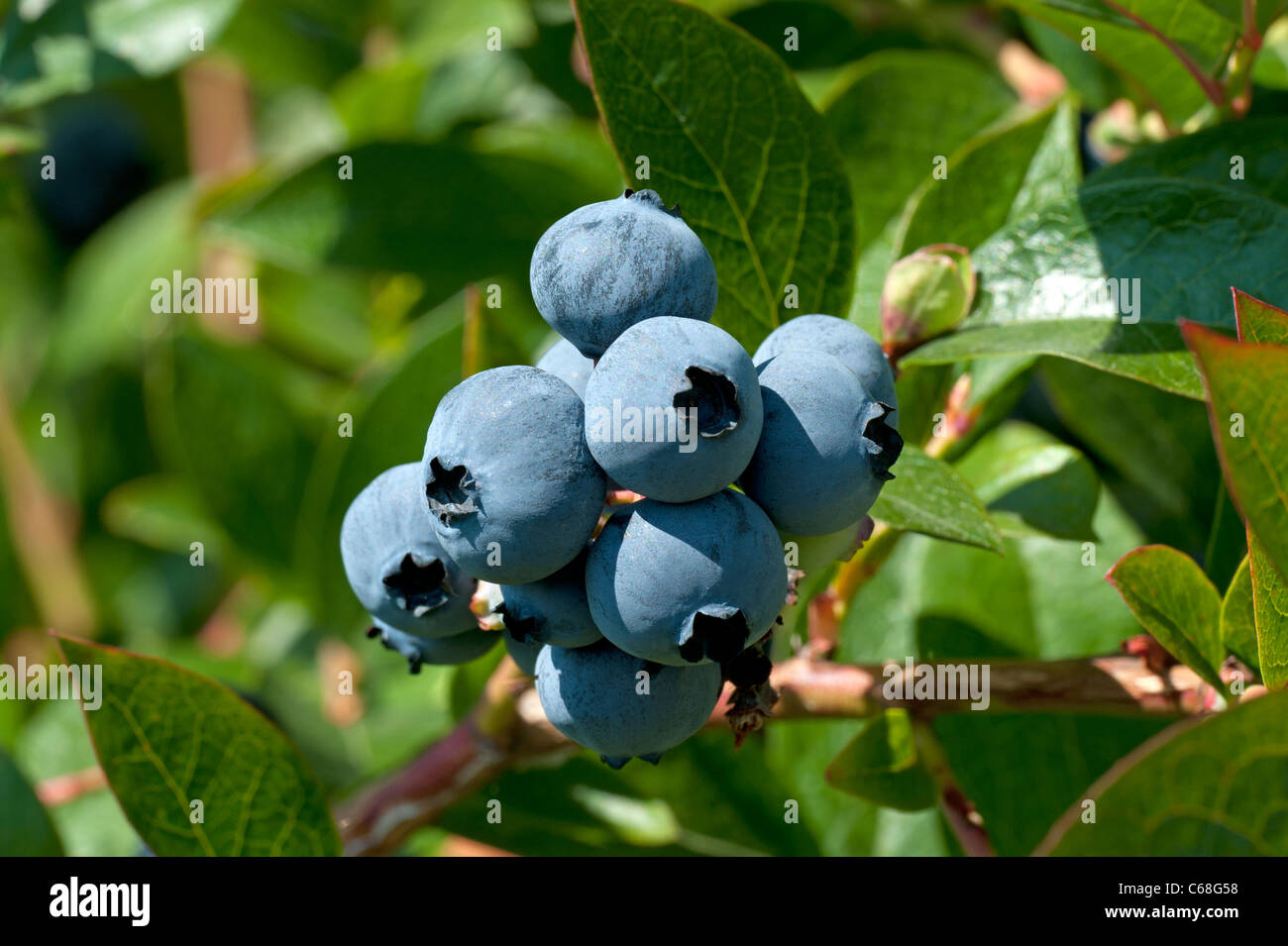Can Fruit Be Brought Into Canada

Canada's border regulations concerning fruit importation remain stringent and require careful attention, with potential fines or confiscation for non-compliance.
Navigating Canada's fruit import rules can be tricky. Understanding what's permitted and what's prohibited is essential for travelers and importers alike to avoid penalties and delays.
Allowed Fruits: A General Overview
Many commercially grown fruits from the United States are typically allowed into Canada. This includes common varieties like apples, bananas, oranges, and grapes purchased at grocery stores.
However, it’s crucial to remember that even common fruits are subject to inspection by the Canada Border Services Agency (CBSA).
Ensure the fruit is clean and free from visible signs of pests or disease.
Fruits with Restrictions: The Devil's in the Details
Certain fruits face stricter regulations due to pest and disease risks. These restrictions can be region-specific and change frequently.
For example, fruits from areas known to have specific agricultural pests may be prohibited to protect Canadian agriculture.
Always verify the current status before attempting to import any fruit, especially if sourced from private gardens or less common regions.
Commonly Restricted or Prohibited Fruits
Fruits from areas affected by fruit flies are often restricted. Citrus fruits may face additional scrutiny due to citrus diseases.
Stone fruits (peaches, plums, cherries) may be restricted depending on their origin and current pest outbreaks.
Wild or foraged fruits are often prohibited due to the higher risk of carrying pests or diseases.
The Role of the CBSA and the CFIA
The CBSA is responsible for enforcing import regulations at the border. They work closely with the Canadian Food Inspection Agency (CFIA).
The CFIA sets the import regulations and assesses the risks associated with different agricultural products.
CBSA officers have the authority to inspect and confiscate any fruit that does not meet Canadian import requirements.
Consequences of Non-Compliance
Attempting to import prohibited fruit can result in several consequences. These can range from fruit confiscation to monetary penalties.
In severe cases, repeat offenders may face more significant fines or even legal action.
Always declare any fruit you are bringing into Canada to the CBSA officer. Honesty is crucial.
How to Check Fruit Import Regulations: Your Essential Resources
The most reliable source of information is the CFIA website. It provides detailed information on import requirements for specific fruits.
The CFIA website also has a tool to check specific import requirements based on the fruit's origin and destination. Use the Automated Import Reference System (AIRS) tool.
Contacting the CFIA directly is advisable for complex situations or if you have specific questions.
What You Need to Declare at the Border
Declare all fruits to the CBSA officer, even if you believe they are allowed. Be prepared to provide information about the fruit's origin.
If you have purchased the fruit, keep the receipt as proof of purchase. This can help verify the fruit's origin.
Cooperate fully with the CBSA officer and answer their questions honestly.
"It is each traveler's responsibility to know and comply with Canada's import regulations to avoid potential penalties." - CBSA Spokesperson
Beyond the Border: Provincial Regulations
Keep in mind that some provinces may have additional regulations regarding fruit importation. These are often related to protecting local agriculture.
Check with the relevant provincial agriculture department for any additional requirements that may apply.
Compliance with both federal and provincial regulations is essential.
Emerging Issues and Ongoing Developments
Import regulations can change quickly in response to new pest or disease outbreaks. Stay informed about recent changes.
The CFIA regularly updates its website with the latest information.
Pay attention to any public health advisories or announcements related to fruit imports.
Next Steps: Stay Informed and Verify
Before traveling to Canada, consult the CFIA website to check the current import regulations for the specific fruits you intend to bring. Use the AIRS tool.
Declare all fruits to the CBSA officer at the border and be prepared to answer their questions.
Failure to comply with import regulations can result in penalties. Staying informed is your best defense.

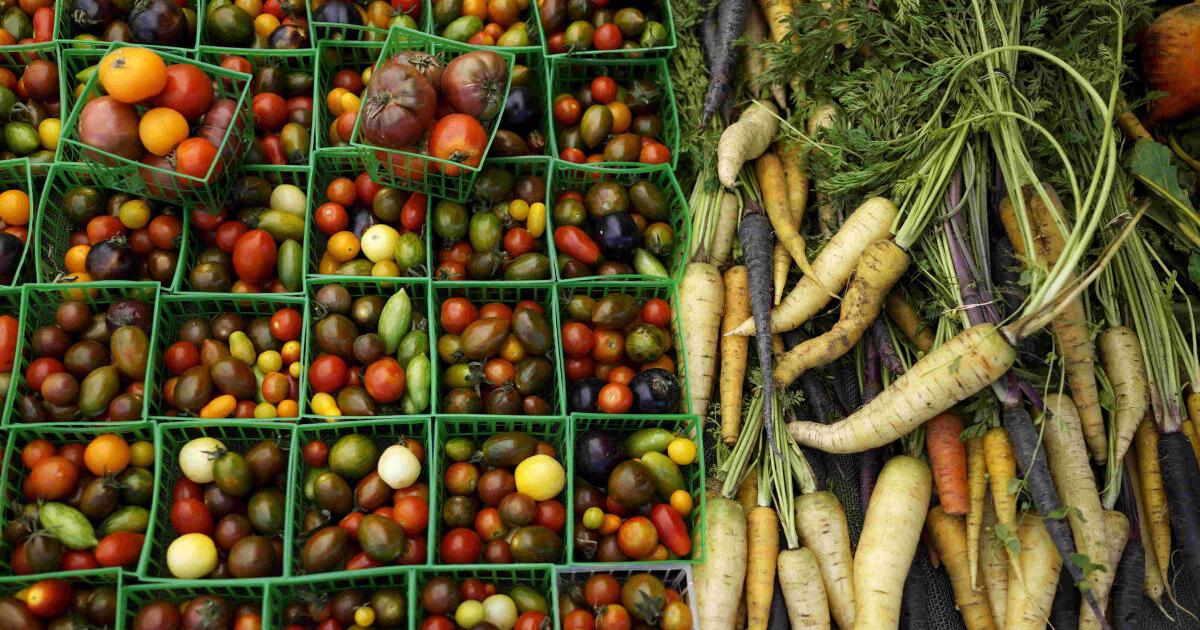

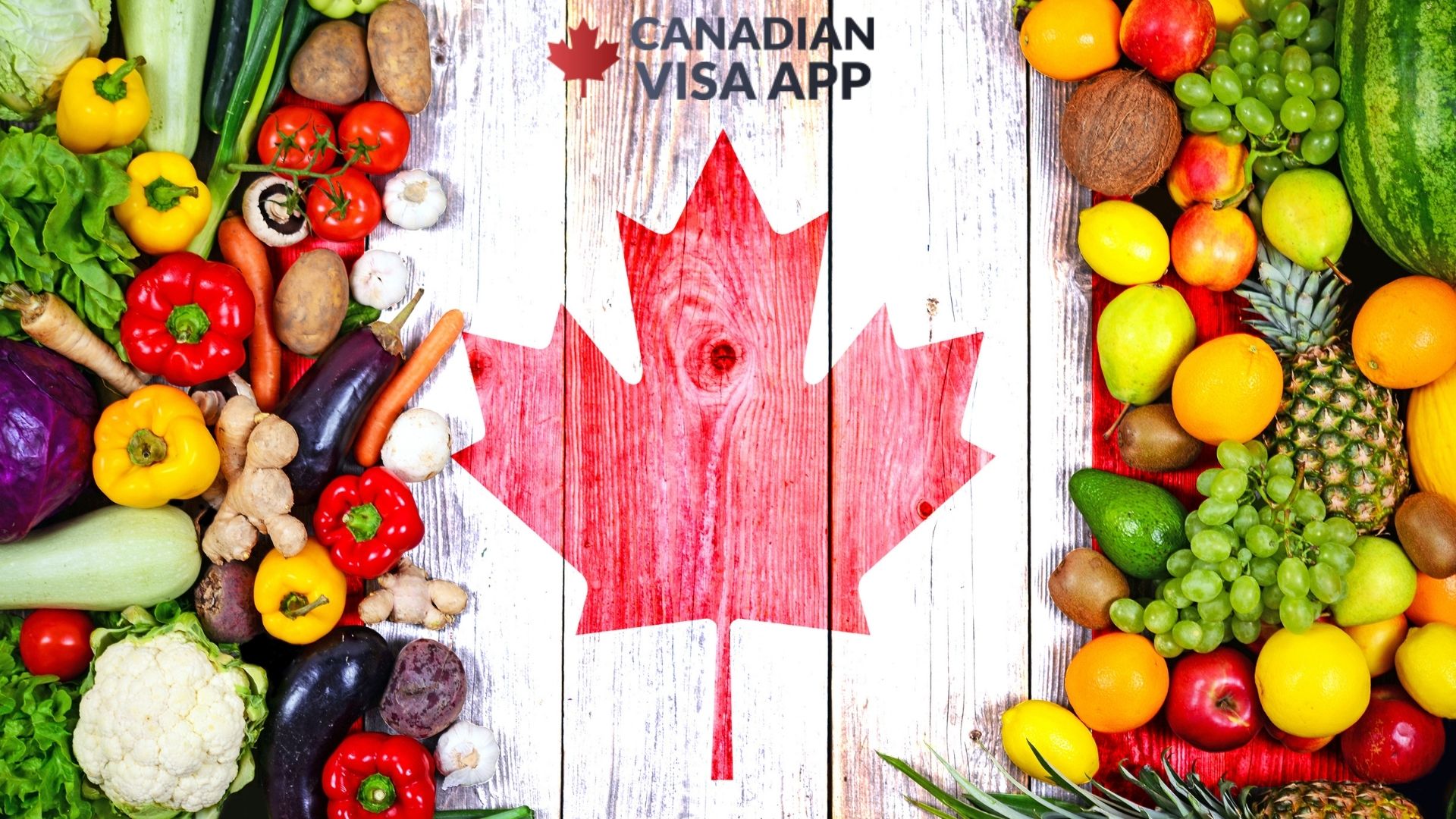
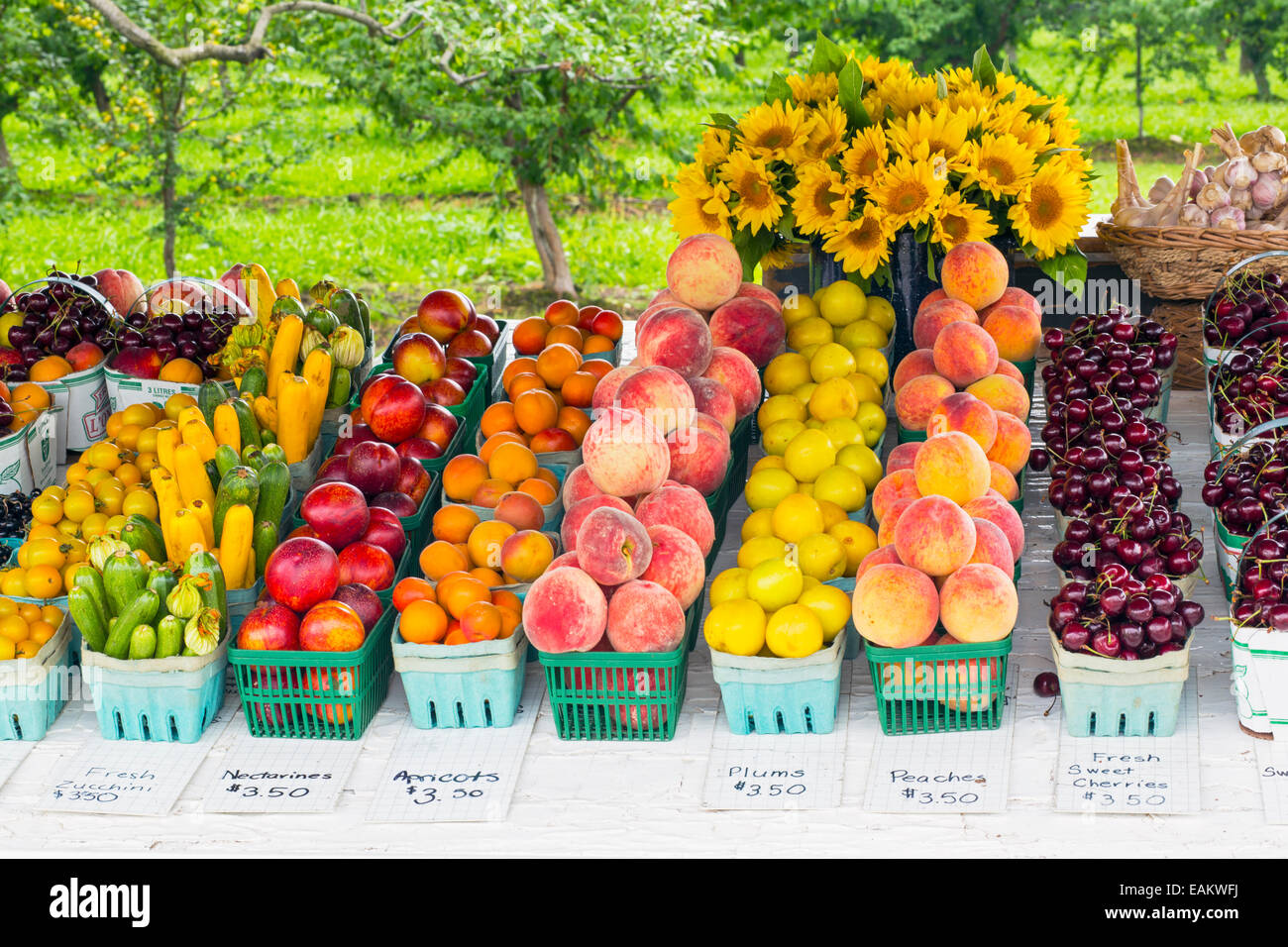
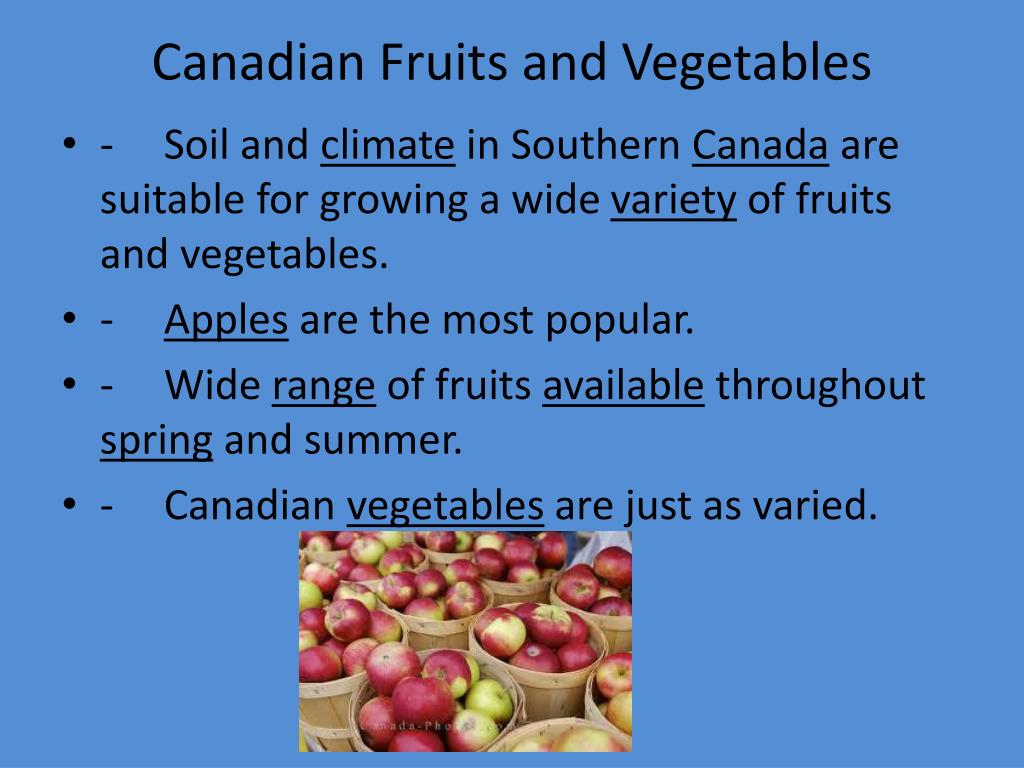

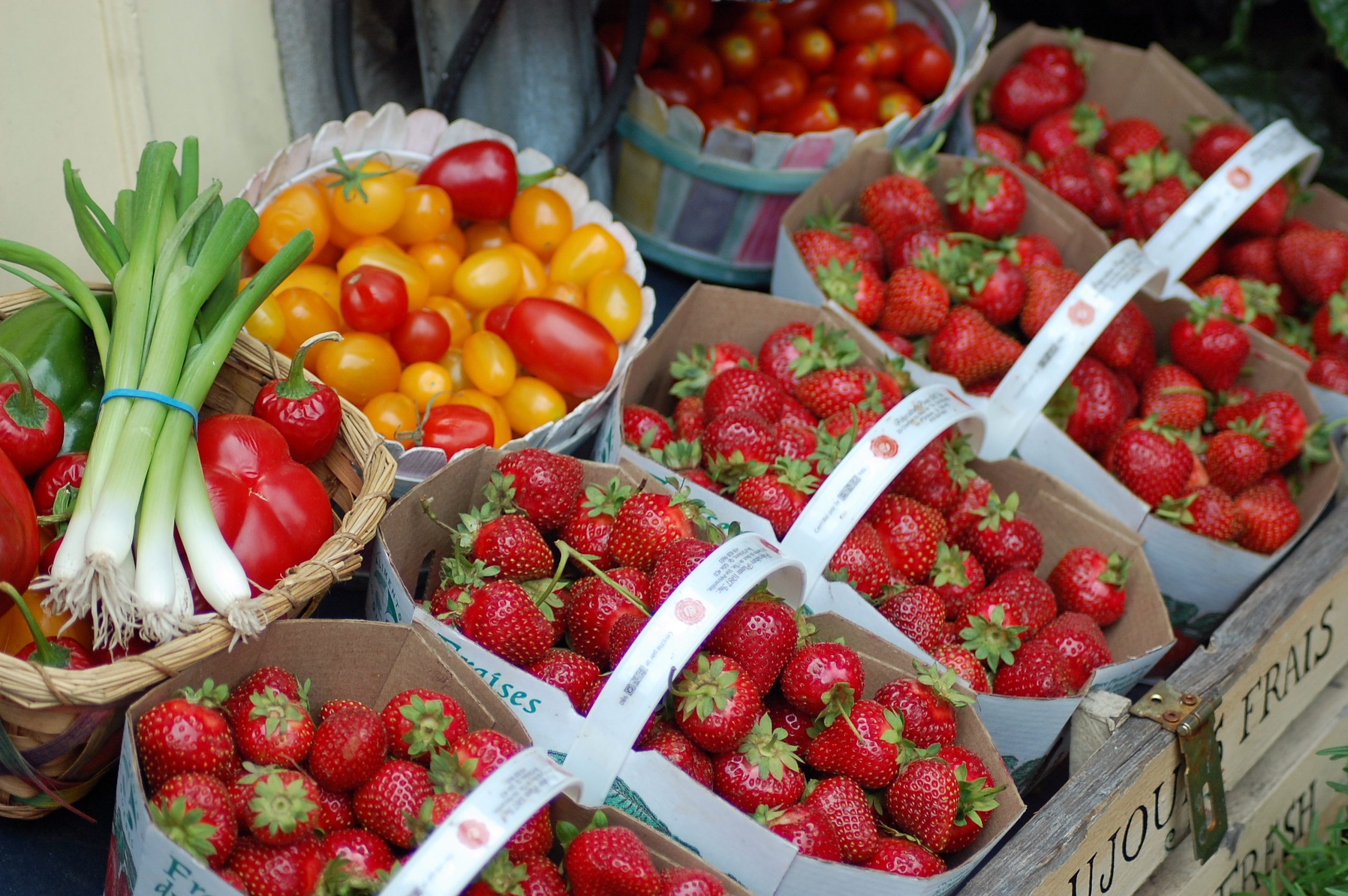
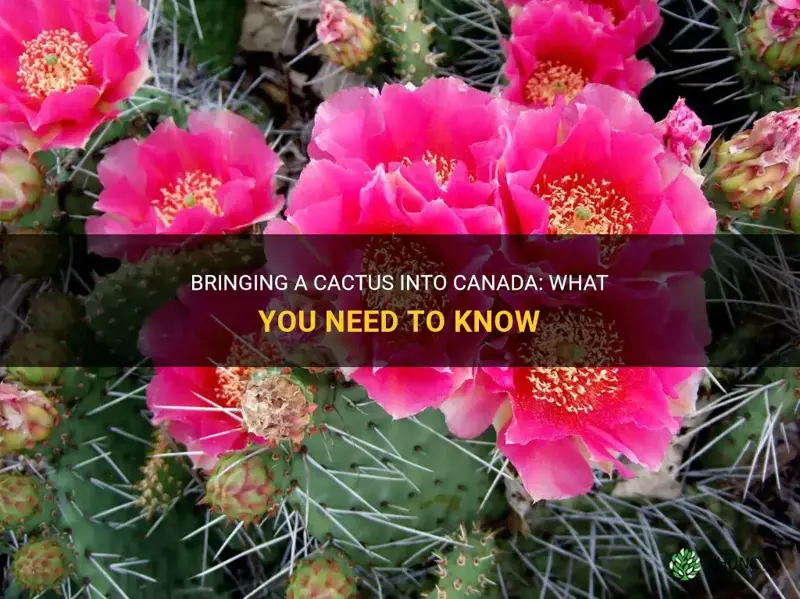



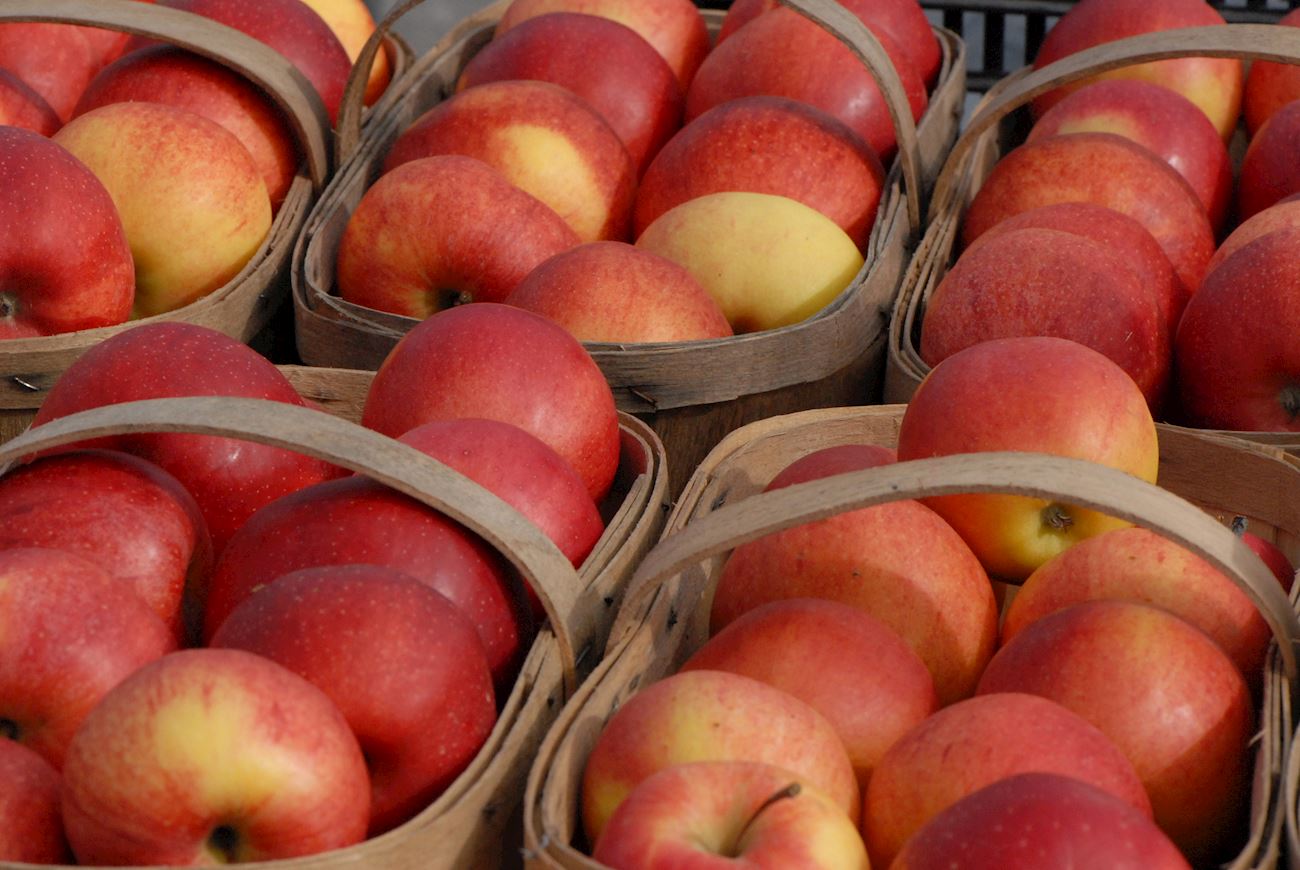
:max_bytes(150000):strip_icc()/what-can-i-bring-to-canada-1481670_v1-5ba4034bc9e77c0025a6d118.png)
